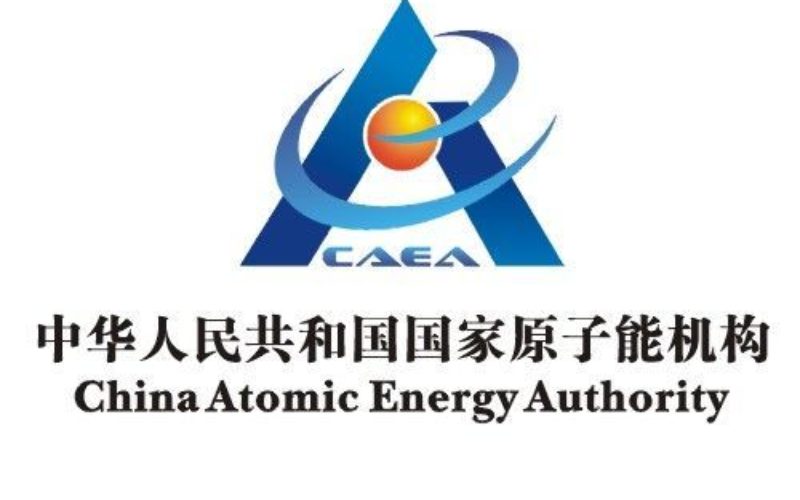Part 2 of 3 Parts (Please read Part 1 first)
The Chinese Atomic Energy Authority (CAEA) is the agency responsible for submitting plutonium stock reports to the IAEA but they have not responded to questions about why they have stopped reporting. China’s Ministry of Foreign Affairs, the National Energy Administration and the Ministry of Industry and Information Technology have also refused to answer questions about plutonium reporting.
China has fifty nuclear power reactors in operation and fourteen other conventional nuclear reactors under construction. This count does not include the two breeder reactors mentioned above. China was seven gigawatts short of its last five-year target. Now it appears to be making a major push to increase its nuclear capacity in the next five to ten years.
Currently, China has about fifty-one gigawatts of nuclear power capacity. They have expressed the intention to have seventy gigawatts of nuclear power capacity operational by 2025. That may double by 2035 to one hundred and forty gigawatts. Some of the highest estimates reach one hundred and eighty gigawatts.
Both Nickolas Roth and Frank von Hippel said that based on the experience of other nations that have developed the kind of plutonium breeder reactors now being constructed by China, those type of reactors are among the least economical ways of generating electricity from nuclear power.
Roth said, “There’s a strong case, and we’ve seen this in other countries, that reprocessing [spent fuel] is not economical. The reality is it’s cheaper not to reprocess your fuel than it is to reprocess. A once-through fuel cycle with low enriched uranium is a more economical approach.”
If the breeder reactors are not economical, then why is China so intent on constructing and operating them? If they were intended for dual use to expand China’s nuclear arsenal, that would explain why. Unfortunately, China’s move to produce plutonium has put pressure on Japan and Korea to speed up their plans to produce plutonium.
Roth has noted that Japan has been working towards production of plutonium for years. They have attempted to construct a plutonium production facility and have halted attempts to complete construction several times. Japan currently has a small stockpile of plutonium and it does not have reactors capable of burning plutonium-based fuel. South Korea has definitely been considering the construction of breeder reactors to produce plutonium but they really do not have an obvious commercial need for any. There are reports that India is also working on a closed fuel cycle to supply nuclear fuel for its reactors. Roth said, “I think it’s in China’s best interest not to go down that path. From an economic perspective, from an environmental perspective, and the impact it has regionally … they seem set on pursuing this reprocessing path, but I don’t think it is going to help them with their nuclear power goals.”
Roth thinks the way forward is for the U.S. to question China to find out why it stopped its voluntary plutonium reporting to the IAEA. The U.S. should also find a way to reduce the incentive of other neighboring nations to pursue their own program of plutonium processing.
Please read Part 3 next
